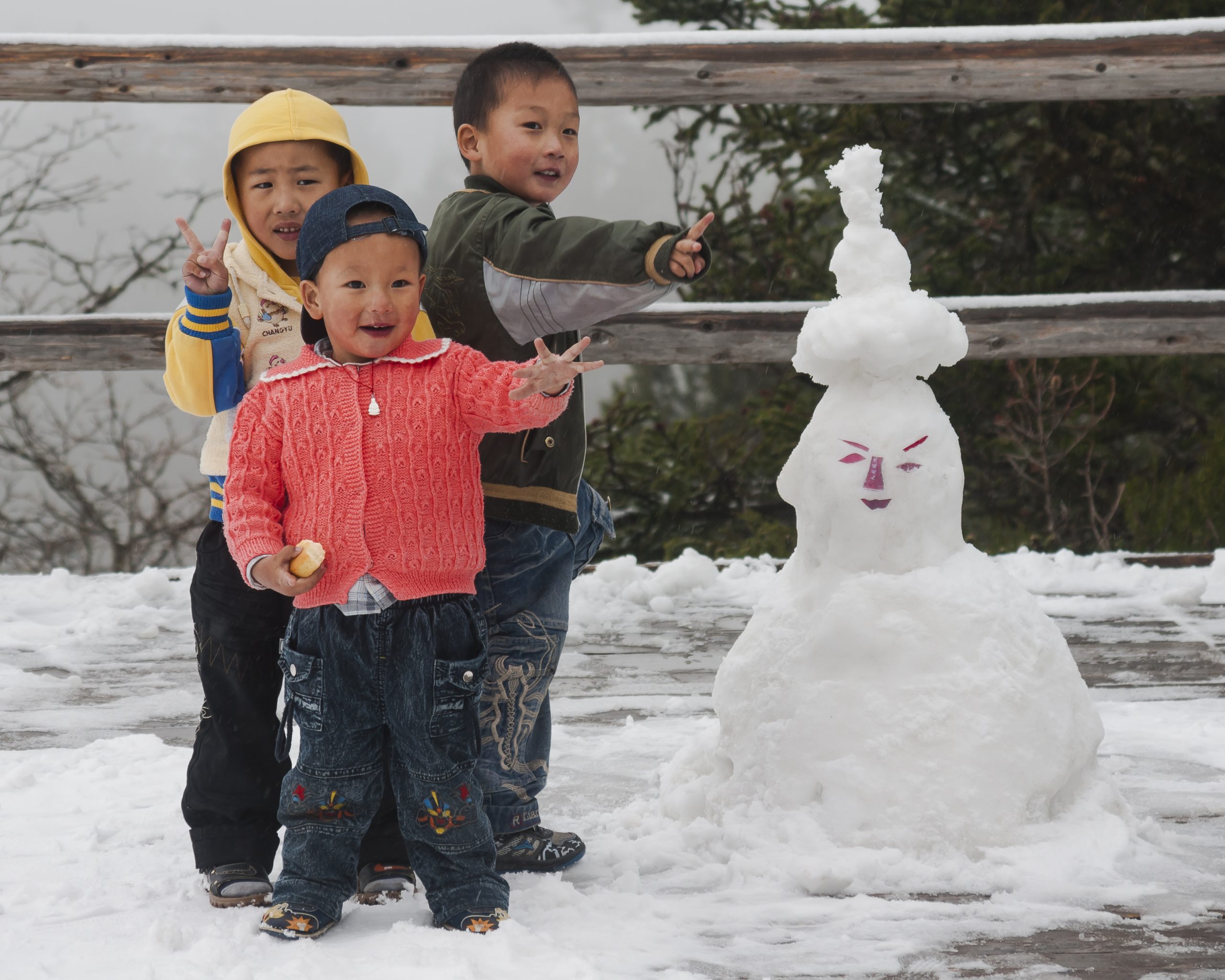China’s attempt to divert a demographic disaster took another important step yesterday with a host of new announcements regarding family planning. The introduction of a “three-child policy” has been the most eye-catching introduction but other measures are likely to have a bigger impact.
China’s one-child policy was introduced in 1979 in response to a rapidly growing population and increased life expectancy against the backdrop of millennia of famine. Government estimates say that the policy has prevented 400 million extra births in China, which had 300 million more inhabitants than the world’s second most populous country, India, at the time.
Many worry that China will soon start to suffer from the success of this amazing feat of demographic engineering. Combined with the unprecedented rises in living standards throughout the country, a formula was stumbled upon for suppressing birth rates with an effect that may be irreversible. 2020’s once-in-a-decade census showed that the population grew at its slowest rate since the 1960s and the country’s fertility rate now sits at 1.3, below wealthier countries like Japan and the USA.
Whilst even the world’s richest countries are unsure how to deal with this demographic decline, the rate at which China has catapulted to this point makes their situation far more precarious. The country’s “old-age dependency ratio” – the ratio of people over 65 to people of working age – almost doubled in the last decade. If things don’t change soon, there will be a generation of only children expected to play a supporting role to 2 parents and possibly 4 grandparents. This is unlikely to be sustainable and the potential economic crisis it could cause in China would undoubtedly ripple through the world with which it has become intertwined since the one-child policy’s introduction.
Consequently, the world has watched eagerly as the Communist Party of China, which normally moves with drastic speed and efficiency, has dabbled in family policy with relative laxity considering the size of the looming problem.
In 2016 the two-child policy was introduced but failed to lead to a sustained upsurge in births. This has led many to wonder what difference the possibility of another extra child will make to the majority of Chinese people who are now seemingly content with just the one.
The latest news was accompanied however with a raft of social measures and promises that aim to loosen the economic shackles that discourage people from starting larger families. The cost of raising children has rocketed as the country has urbanized and the huge increase in career opportunities for women are two of the driving factors that the birth rate is so low regardless of government family restrictions. The economic core of this issue is now being fully confronted with new measures including lower educational costs for families, increased housing support and improved guarantees for working women’s legal interests.
Regional measures have also been taken, such as in Xiantao, Hubei, where the costs of childbirth can now be covered by hospitals and subsidies are available for a woman’s first two children.
As China strides past its achievement of eradicating poverty and becoming a ‘moderately-prosperous society’, these social measures are in line with Beijing’s new long-term goal, the construction of a modern socialist country. With material abundance and a dictatorship of the proletariat, China can continue to move towards the realization of true economic liberation, giving support to those who wish to start a family and to those who wish to work.
Being the year of the pig in the Chinese calendar, often associated with wealth and luck, it is a favorable time to be born. China under the CPC’s leadership has progressed with unmatched success for the last few decades. The world watches in hope that they’ve jumped in time for their next hurdle.
Mali Kakembo, is a member of the YCL’s Wales branch




